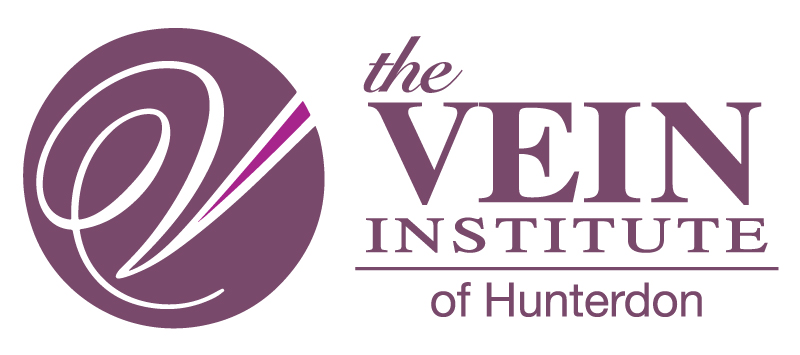Why Do I Have Unsightly Leg Veins? A Guide to Causes, Symptoms and Treatments

If you have noticed bulging or web-like leg veins, you are not alone. Millions of people, especially women, develop visible veins on their legs at some point. These can show up as thin red or blue lines, or as swollen, twisted veins that cause discomfort after standing for long periods. Some are purely cosmetic, while others point to a deeper issue with blood flow in your legs.
Understanding the causes, symptoms and treatment options can help you figure out what is going on and what to do next. If you are wondering how to get rid of leg veins, there are several proven medical solutions.
What Types of Leg Veins Are We Talking About?
There are three main types that tend to bother people the most.
Spider Veins
Spider veins are small, damaged blood vessels close to the surface of the skin. They often appear in clusters that resemble spider webs or thin branches. You might see them on your thighs, calves or even ankles. They rarely hurt, but they can make you feel self-conscious.
Varicose Veins
Varicose veins are much larger and more noticeable. They look swollen or rope-like, and they can throb, itch or make your legs feel heavy. Some people also report cramping or aching after a long day on their feet.
Reticular Veins
Reticular veins are bluish veins just under the skin. They are flatter than varicose veins and often appear in the same areas. You might notice spider veins forming nearby.
What Causes Leg Veins to Appear?
It often starts with weakened or damaged valves in your veins. These tiny valves are supposed to keep blood moving toward your heart. When they do not close properly, blood pools in your legs and puts pressure on the vein walls. Over time, this causes the veins to stretch, twist or bulge.
Several risk factors increase your chances of developing unsightly leg veins:
- Standing or sitting for long periods
- Pregnancy or hormone therapy
- Obesity or aging
- A family history of vein problems
- Smoking or inactivity
You might not notice any symptoms at first. However, if your legs feel tired, itchy or swollen at the end of the day, the veins could be part of the issue.
How to Get Rid of Leg Veins
The Vein Institute of Hunterdon offers several advanced, in-office treatments designed to eliminate both the cosmetic and physical effects of visible leg veins.
- Sclerotherapy: A provider injects a solution into the vein, which causes it to collapse and fade over a few weeks. This works well for spider veins and small varicose veins.
- Ambulatory Phlebectomy: For veins too large for injections, this outpatient procedure removes them through small punctures. It leaves no stitches, just a bandage.
In many cases, deeper underlying veins need to be treated before removing varicose and spider veins. These treatments include:
- Endovenous Laser Treatment (EVLT): A tiny laser fiber is inserted into the vein. Heat from the laser seals the vein shut, and your body eventually absorbs it.
- VenaSeal™: This method uses a medical adhesive to close off faulty veins. The vein is sealed without heat or injections. Blood naturally reroutes to healthier veins nearby.
- Radiofrequency Ablation: Like EVLT, this treatment uses heat to close off large veins. The difference is that it uses radiofrequency energy instead of laser.
Are You Tired of Seeing Those Veins? Let’s Fix That
If your leg veins are bothering you, whether for cosmetic reasons or because they hurt, it is worth getting them checked. At The Vein Institute of Hunterdon, we offer personalized care for spider veins, varicose veins and more complex vein issues. Schedule a consultation and find out which treatment is right for you.
